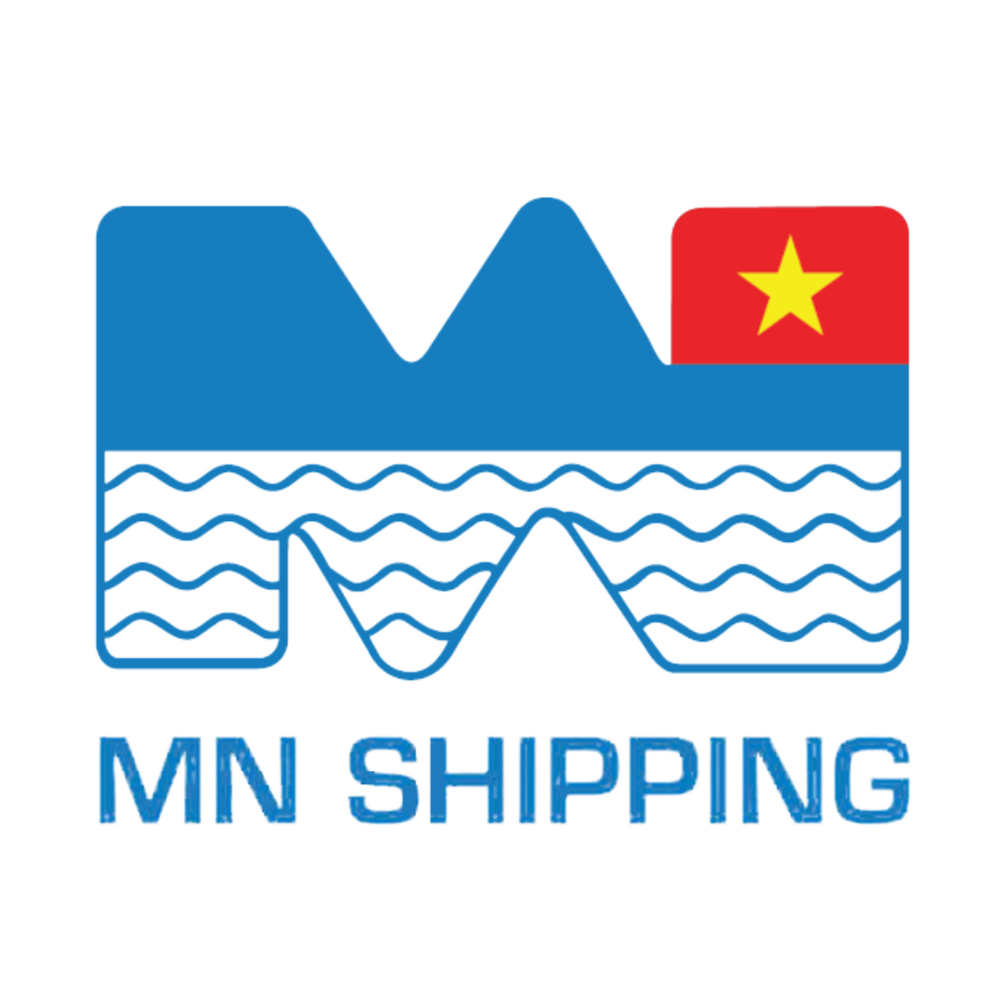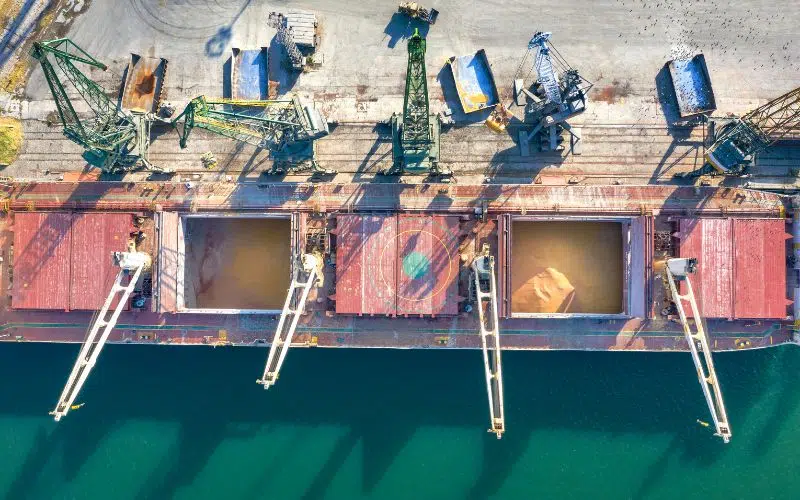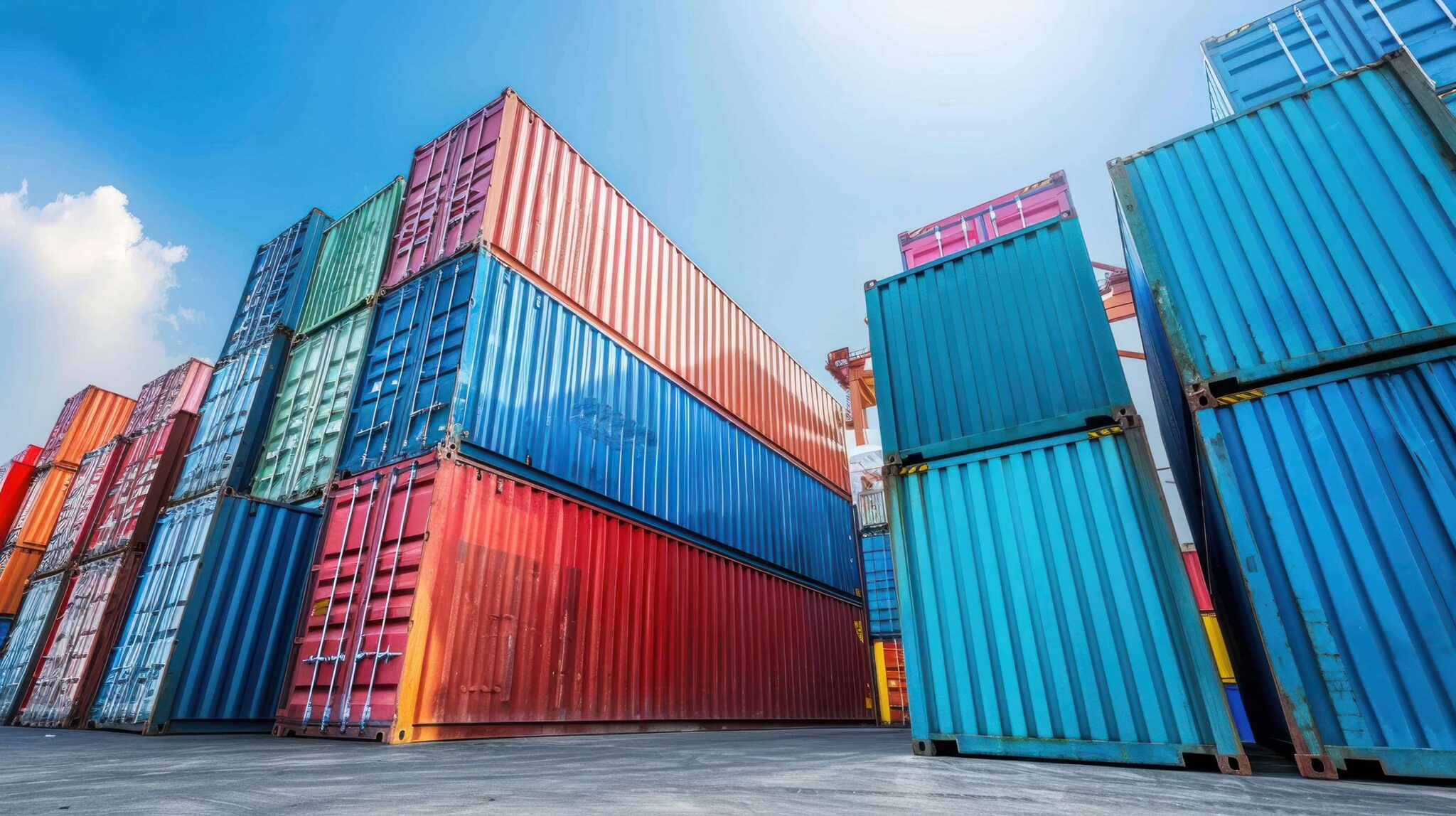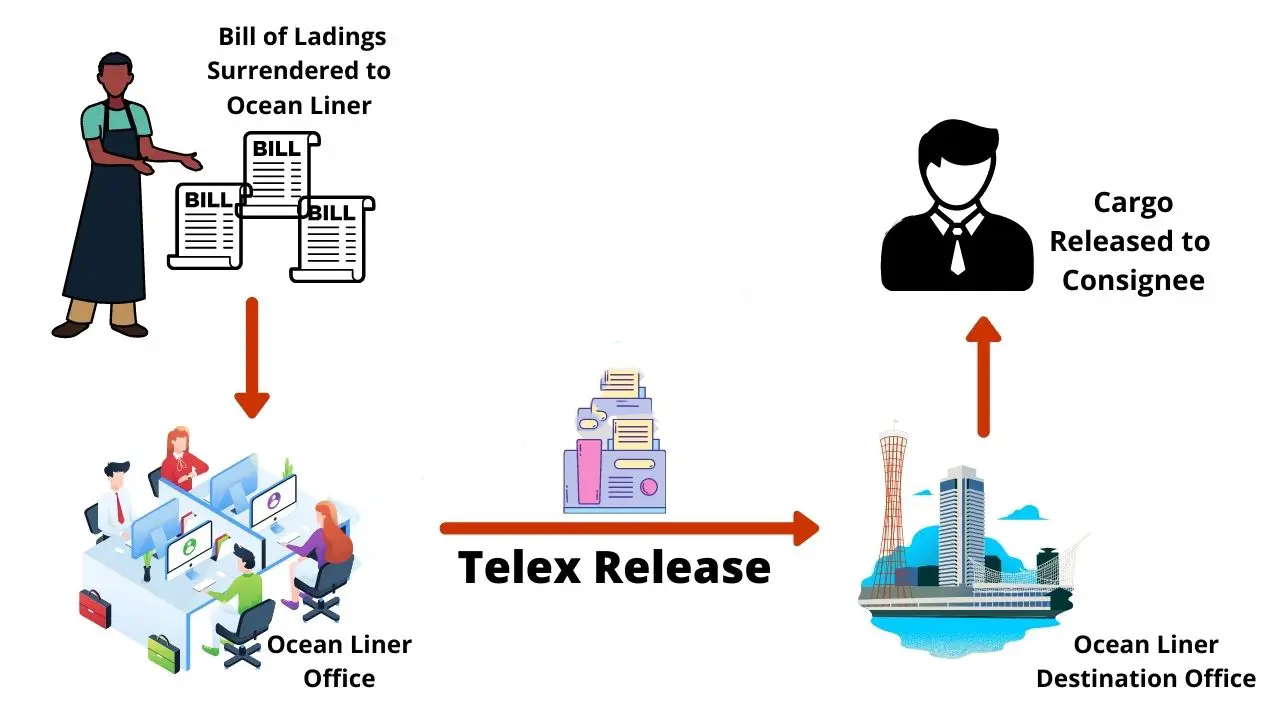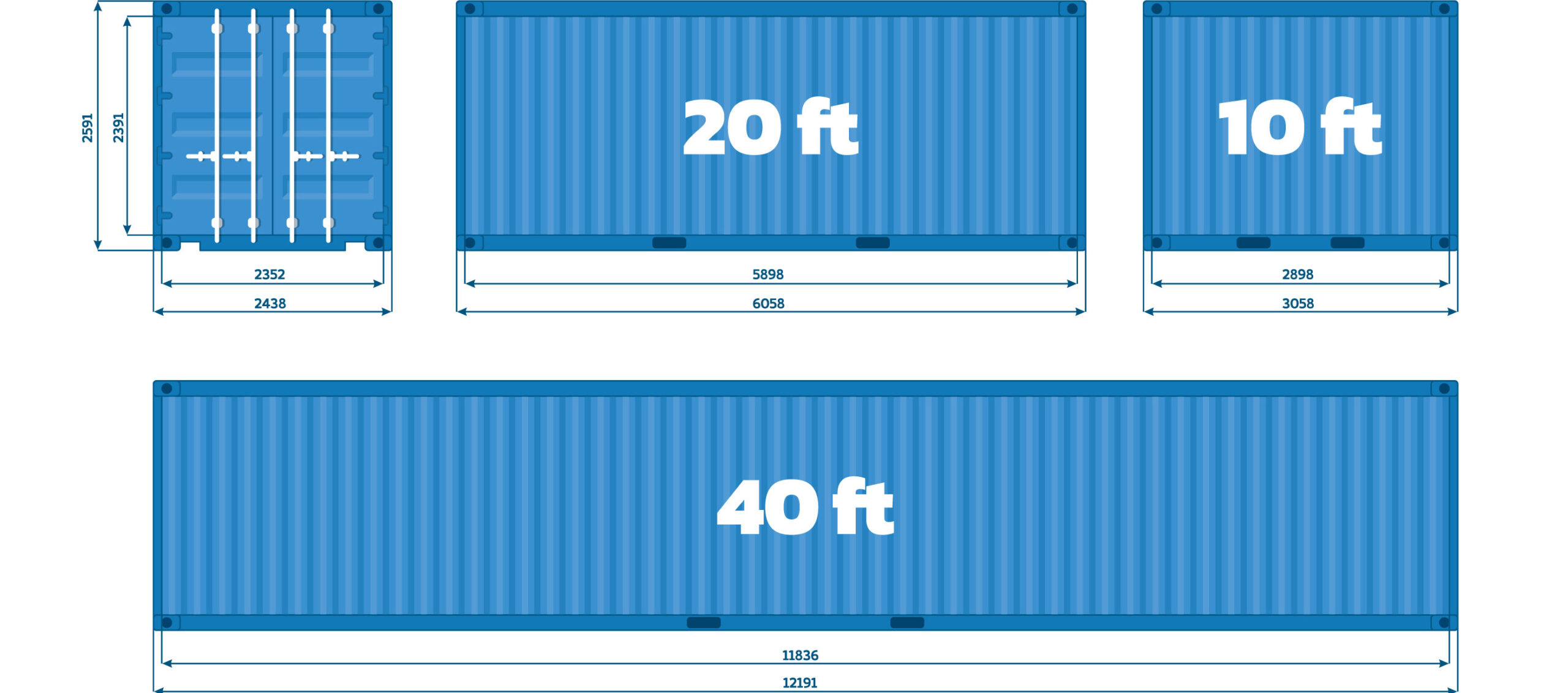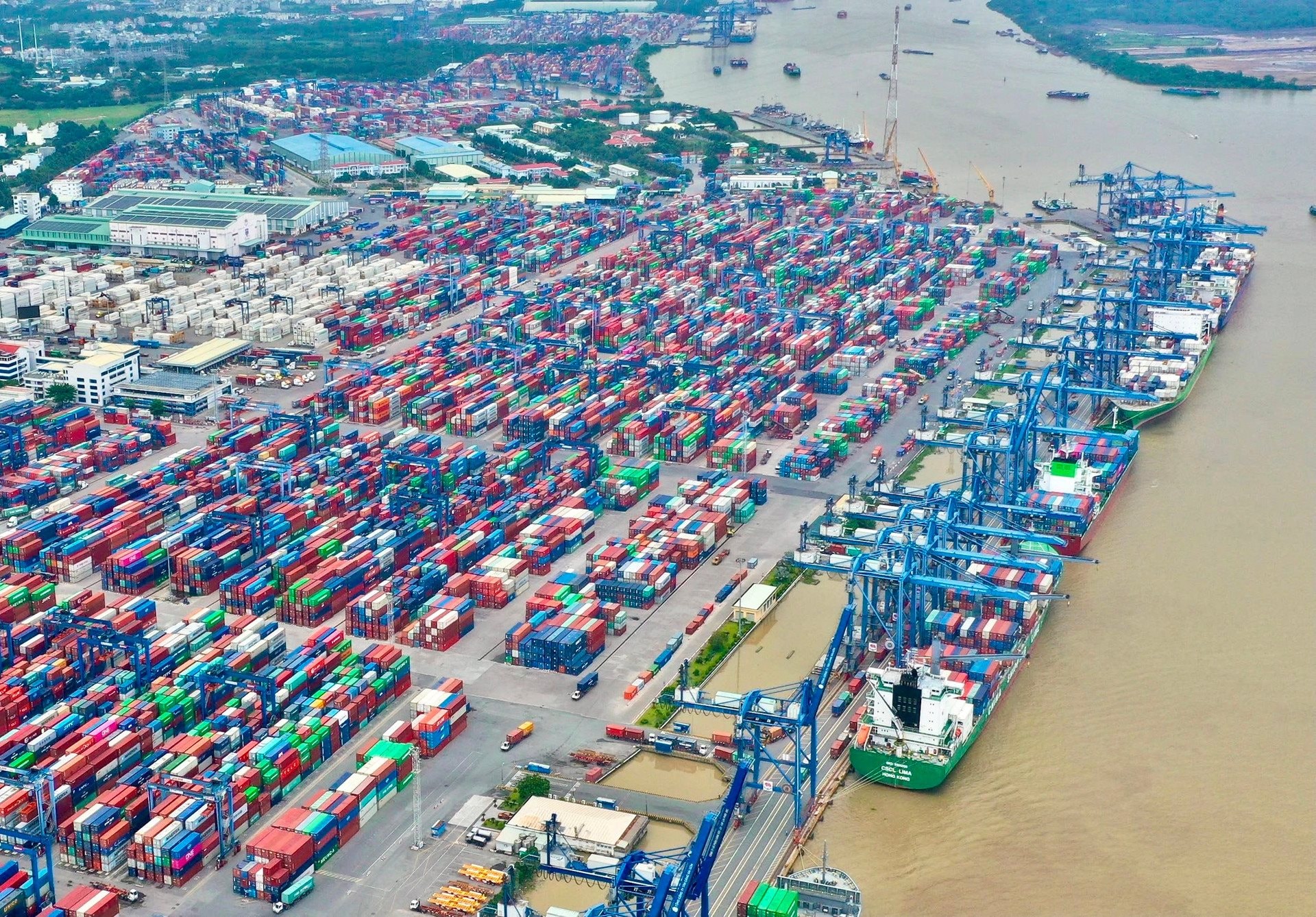IMSBC Code or the International Maritime Solid Bulk Cargoes Code
Transportation of solid bulk cargo on bulk carriers involves many risks that need to be managed to ensure the safety of the vessel and the crew on high seas. Some of these risks include reduced ship stability, capsizing due to cargo liquefaction, explosions or fire due to chemical hazards, or damage to the structure of the ship as a result of improper loading operations.
The legislation regarding the safe carriage of solid bulk cargo, the IMSBC Code or the International Maritime Solid Bulk Cargoes Code, became mandatory on January 1, 2011, under the International Convention for the Safety of Life At Sea, commonly called the SOLAS Convention. The regulations can be found in Chapters VI and VII. The IMSBC Code also applies to seagoing ships under 500gt.
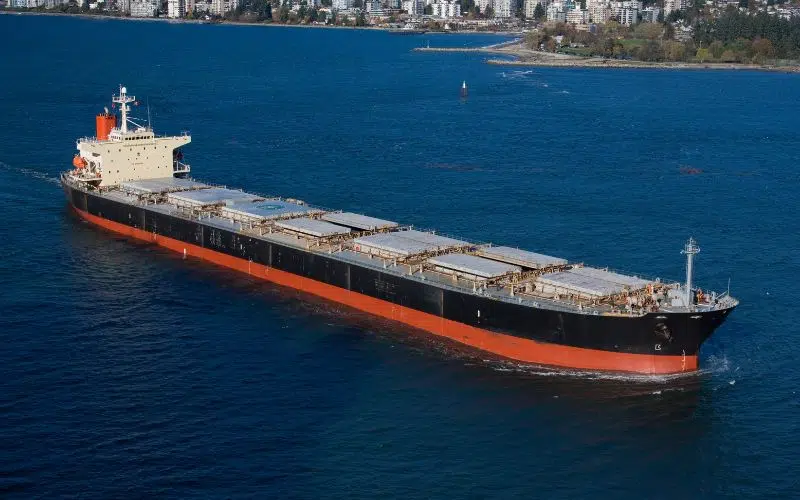
Importance of IMSBC Code
The IMSBC Code replaces the Code of Safe Practice for Solid Bulk Cargoes or BC Code. The former was laid down to ensure that solid bulk cargoes are safely shipped by providing detailed information and instructions on the adequate procedures which must be followed during loading, trimming, carrying and unloading of solid bulk cargo when it is shipped from one place to another. It also outlines the dangers or risks associated with the shipment of some types of solid bulk cargo.
The IMSBC Code does not include the carriage of bulk grain which is specified under the International Code for the Safe Carriage of Grain in Bulk (International Grain Code, 1991).
The IMSBC Code is amended every two years. The 2015 and 2017 Amendments include additional safeguards for cargoes that could liquefy and whose TML or Transportable Moisture Limit should not be exceeded.
The code was updated in June 2023 by the 07-23 amendments that will become mandatory on January 1, 2025. The amendments include a list of new cargoes scheduled in the Code.
Cargo Categories in IMSBC Code
In the IMSBC Code, cargoes are categorised into 3 groups.
Group A: This includes cargoes that might liquefy (become liquid) if shipped at a moisture content which exceeds their Transportable Moisture Limit or TML. For instance, water and oil can cause cargo shifting.
Group B: This category includes cargo which might pose a chemical hazard that could lead to a dangerous situation on the vessel. For instance, self-heating, toxicity, oxygen extraction and dust explosion.
Cargoes in this group are further subdivided into-
- Dangerous goods classified in the IMDG Code that do not present a hazard when shipped in bulk.
- Materials hazardous only in bulk or MHB which include goods that may present chemical hazards when transported in bulk. These include hazards other than those listed in the IMDG Code.
- Dangerous goods classified under the IMDG Code that may also present additional MHB hazards.
IMSBC Code’s Appendix 1 includes detailed characteristics, hazards, stowage and segregation and requirements and precautions for every solid bulk cargo.
Group C: It includes hazardous cargo not classified under Group A or B.
Group A&B: This includes cargoes having a combination of hazards from both groups A and B.
Shippers must complete a cargo declaration form to specify the type of cargo being transported.
A few types of cargo included in the Code include coal, ores such as bauxite, sulphur, direct reduced iron, fertilisers like sugar, wood pellets and ammonium nitrate.
Certificate of Testing
Per the IMSBC Code, a few substances require a certificate of testing. The substances should be tested and certified in laboratories designated by the Netherlands. Also, whether a good is to be tested or not depends on the group of cargo it is classed under. Its shipping conditions also specify what and when it needs to be tested for.
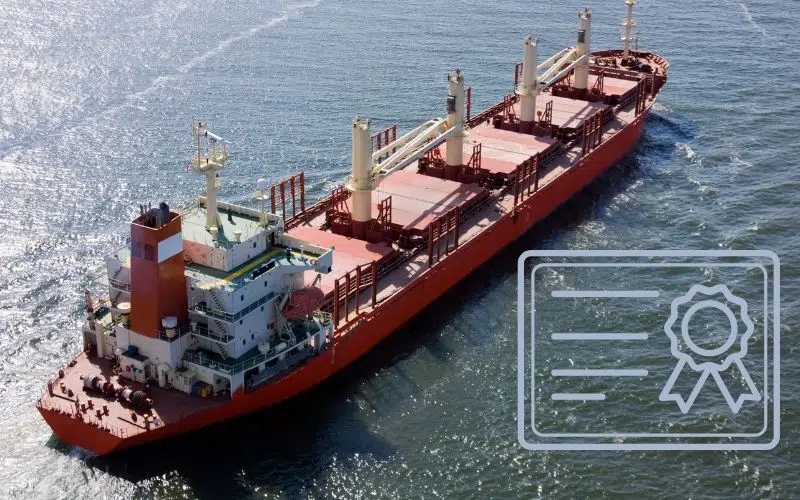
Sometimes, the laboratories recognised by the Netherlands cannot meet the requirements of the IMSBC Code and in that case the following is applicable-
1. If cargo is shipped directly from the country of origin to the country of destination, tests done in the former will be recognised. However, the lab must be recognised by the competent authority of that country and there must be proof of this recognition.
2. If shipping is interrupted in the Netherlands for transhipment or unloading, but is resumed in a new transport movement, tests in another EU Member State will be recognised. However, the lab must be approved by the nation’s competent authority and there must be proof of this recognition.
Requirements for Group A cargoes in IMSBC Code
Since Group A includes cargo that can liquefy and shift place, leading to the capsizing or total loss of the vessel, there are certain processes which must be followed to prevent an accident.
To prevent liquefaction, Group A Cargoes are tested to determine their TML (maximum moisture content deemed safe for carriage) and actual moisture content before they can be transported. The actual moisture content must be less than TML.
The shipper must supply certain information to the Master including a signed certificate mentioning the TML and a signed certificate or declaration of the actual moisture content of the cargo.
Follow the below-mentioned steps to decrease the risk of liquefaction-
- Ensure that the shipper has provided all the information, including the TML and actual moisture content.
- Accept the cargo when the actual moisture content is less than its TML.
- Visually monitor and inspect the cargo during loading operation and if you notice high moisture content, cease loading.
- Consider trimming the cargo to decrease the risk of cargo shifting.
- Take appropriate steps so water or other liquids cannot enter the cargo space.
A few examples of Group A Cargoes include mineral concentrates like copper, iron, lead, nickel and zinc concentrates.
Requirements for Group B Cargoes In IMSBC Code
Group B Cargoes are categorised in 2 ways in the Code: Dangerous goods
in solid form in bulk (under the International Maritime Dangerous Goods (IMDG)
Code) and Materials hazardous only in bulk (MHB).
In the Code, Dangerous goods in solid form in bulk are classed as mentioned below-
Class 4.1: Flammable solids
Class 4.2: Substances liable to spontaneous combustion
Class 4.3: Substances which emit flammable gases when wet
Class 5.1: Oxidising substances
Class 6.1: Toxic substances
Class 7: Radioactive materials
Class 8: Corrosive substances
Class 9: Miscellaneous dangerous substances and articles
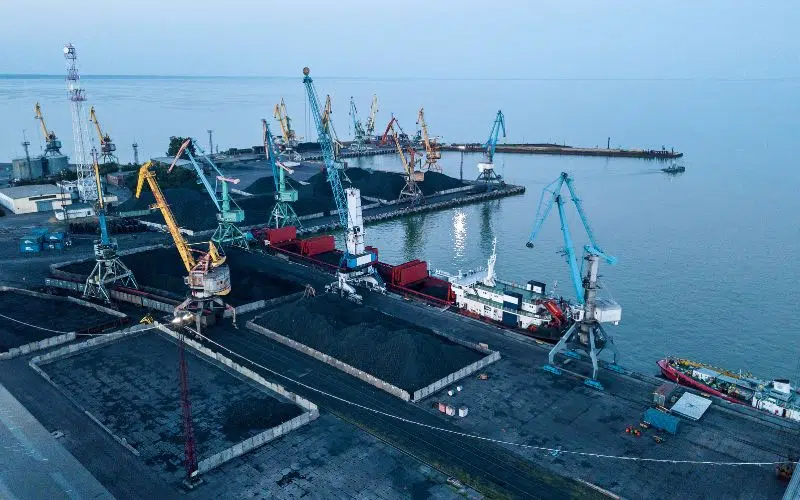
Materials hazardous only in bulk (MHB)
This includes-
- solids that can ignite easily
- Self-heating solids
- Solids that emit flammable gases when they come into contact with water.
- Solids that emit toxic gas when wet
- Solids that are toxic to humans if inhaled or come into contact with skin.
- Materials that are corrosive to skin, eyes, metals
A few examples of Group B Cargoes include coal, direct reduced iron, metal sulphide concentrates, organic materials, ammonium nitrate-based fertilisers and wood products like logs, pulpwood, Roundwood, saw logs and timber.
To carry dangerous goods in solid form in bulk, your ship should have a Document of Compliance for Carriage of Dangerous Goods. This is provided by the ship’s flag or the classification society.
The Master should also have a manifest or stowage plan identifying the location of the cargo and there should be instructions onboard for emergency response.
Additionally, due to potential hazards, several Group B Cargoes are incompatible and should be segregated.
Measures to mitigate risks associated with Group B Cargoes
- The cargo’s schedule and the information given by the shipper mention the precautions one must take when carrying Group B cargo. The following are some of the common risk mitigation measures.
- To prevent fires or explosions, ventilating or inerting the cargo holds and enclosed spaces near the holds is important. The ventilators must be explosion proof and the atmosphere in the holds must be monitored with a gas detector.
- Risks of toxic gas leakage can be mitigated by using ventilation systems and the type of system to be used will depend on the type of cargo and the properties of the gas.
- Some cargoes can lead to corrosion so a coating or barrier can be applied to the cargo space structure before loading and ensuring the cargo space is clean and dry.
Requirements for Group C Cargoes In IMSBC Code
Though Group C Cargoes do not pose the dangers associated with Group A and B Cargoes, they still carry risks.
A few examples of Group C Cargoes include high-density cargoes, sand and fine particle materials like silica dust which if inhaled can cause respiratory issues and cement.
Some Group C Cargoes can be extremely dense and overstress the tanktop. Hence, it is important to ensure their weight is distributed evenly while loading and during the journey so the tanktop is not overstressed and you should also consider trimming the cargo.
Additionally, you should take appropriate precautions to protect machinery and accommodation spaces from dust of sand and fine particle cargoes and prevent the cargo from getting into bilge wells.
Crew members exposed to dust from the cargo should wear goggles and other protective equipment including masks and protective clothing.
If a solid bulk cargo is listed in the IMSBC Code’s Appendix 1, the conditions in Sections 1 to 10 and subsection 11.1.1 to the IMSBC Code apply. The requirements in the relevant schedule also apply. This schedule indicates the specific characteristics, hazards, and requirements in terms of stowage, segregation, cleaning of the holds, weather precautions, loading, precautionary measures, ventilation, transportation, unloading and emergency procedures.
In Case the Solid Bulk Cargo is Waste
A solid bulk cargo can also be waste and in case of cross-border transportation by a ship, an EVOA-verklaring or EWSR declaration must be made before the voyage begins.
It is important to know that the EVOA-verklaring is different from the consent to transport the solid bulk cargo.
You can ship a product in solid bulk cargo if it is listed in Appendix 1 to the IMSBC Code. If not, you require an agreement with the exporting nation.
Certificate for Cargo Handling and Carriage
If a substance to be shipped is not listed in the IMSBC Code, and is classed under Group A or B, the cargo owner must enter into an agreement, called a Tripartite Provisional Agreement (TPA).
You can apply for a TPA with the maritime authority of the country of loading the cargo.
For a Group C Cargo, there is no need for TPA but a notification is to be obtained from the authority of the exporting country. For this, the cargo owner must also contact the maritime authority of the nation from where the cargo is shipped.
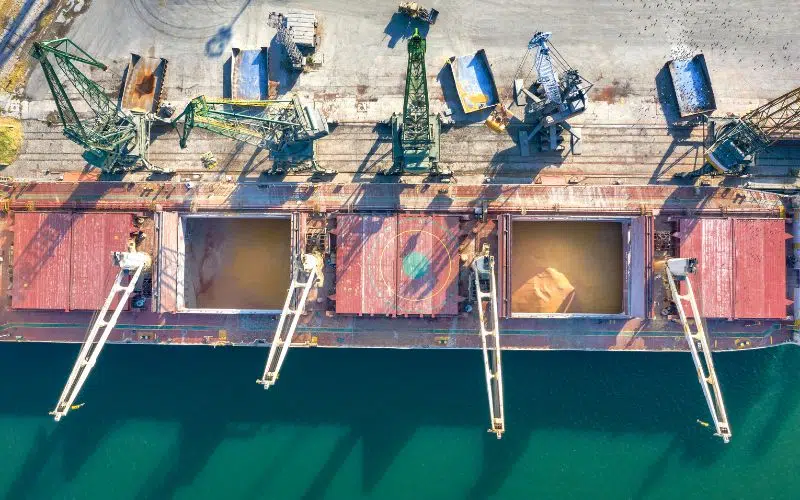
Conclusion
The IMSBC Code is a set of guidelines by the International Maritime Organisation to ensure the safe shipping of solid bulk cargo. The Code lays down rules for handling, stowing and shipping solid bulk materials to minimise risks like cargo shifting, liquefaction and fires which endanger the crew, the vessel and the marine environment. The code is a vital component in international shipping regulations and compliance with it ensures maritime safety in the high seas.
Source: Marine Insight
